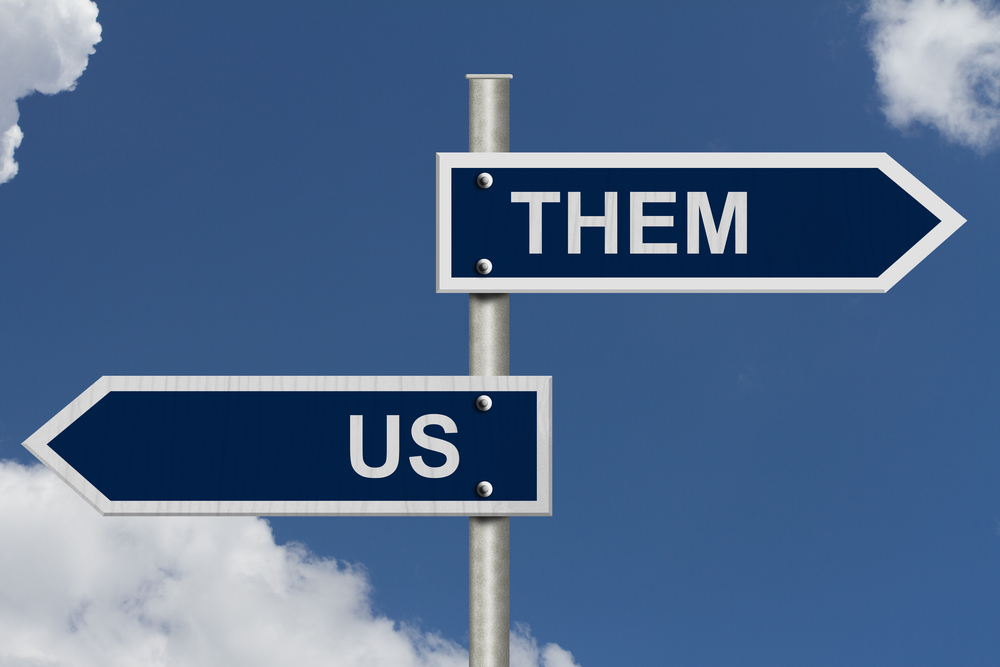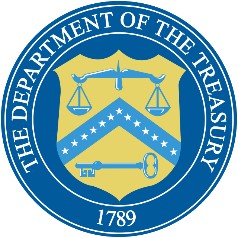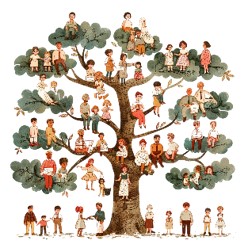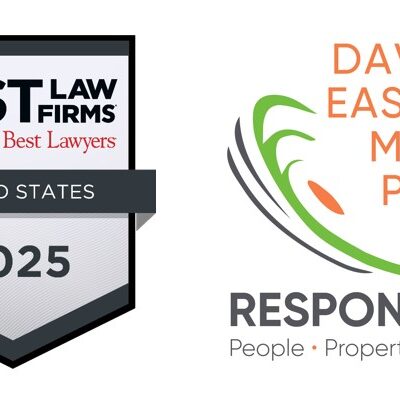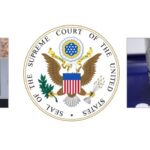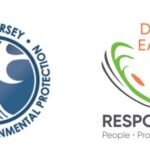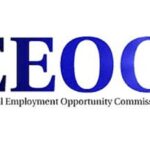On May 29th, 2018 coffee giant Starbucks will close 8,000 stores for the afternoon in order train about 175,000 employees on bias. This was the aftermath of a recent incident in Philadelphia in which 2 African American males were waiting for a friend in Starbucks. During that wait, they were not permitted to use the rest room (purportedly because they did not buy anything) and then the store manager called the police and had them arrested for trespass. This caused outrage in the community and embarrassment for the company.
What is Bias
A bias is a kind of prejudice in favor or against a person compared to another -usually done unfairly. It can be towards or based on any group, such as race, weight, hair color, or religion, even if that group is not a protected group under the law. Bias will benefit one group and detriment another and is usually rooted in stereotypes that we hold.
There are two kinds of biases – conscious (explicit) and unconscious (implicit).
Unconscious bias is the instinctive categorizations that we make based on observations. Some examples at work include: who gets called for an interview; who gets left out of a meeting; and who gets invited to an industry dinner.
The Effects of Bias in the Workplace
Naturally, we all have both types of biases and it is normal to make subconscious negative opinions about people that are different from us and outside of our group or our norm. Biases affect decisions we make and can greatly influence how we treat and manage others. Managers must take steps to re-program their brain so that they do not let these biases effect their management in a negative manner. Unconscious bias can negatively affect the way in which managers handle performance and hire individuals. This is why recently there has been a strong push towards blind resumes in the hiring process in which organizations delete potentially influential information on a resume such as name and graduation dates.
Putting an End to Unconscious Bias
The first step to stopping unconscious bias is through awareness. We must identify our own biases and openly discuss them. Be mindful that this is not comfortable or easy as these feelings are deep and hidden. A second step is to provide unconscious bias training to all employees and managers in an effort to uncover these biases and start the conversation. Organizations also can also assist by making the hiring process more fair and rooted in the whole person and the most skilled person for the job. Some tips include: reworking job descriptions to include neutral language; removing unimportant demographic information from resumes; giving pre-hire tests or projects that evaluate skills of the job; making the interview standard and consistent; setting goals for your organization; and making diversity a priority. Make sure you can ask yourself – Did I pick this person for the right reason?
So we can all take a lesson from Starbucks. The organization did recognize the problem and listen to the community. The entire organization is “all in” and they are not only learning from their mistakes but are also trying to fix them.
If you need help with unconscious bias training or diversity initiatives, please call DEMLP.
Author: Nicole Croddick, Esquire.


